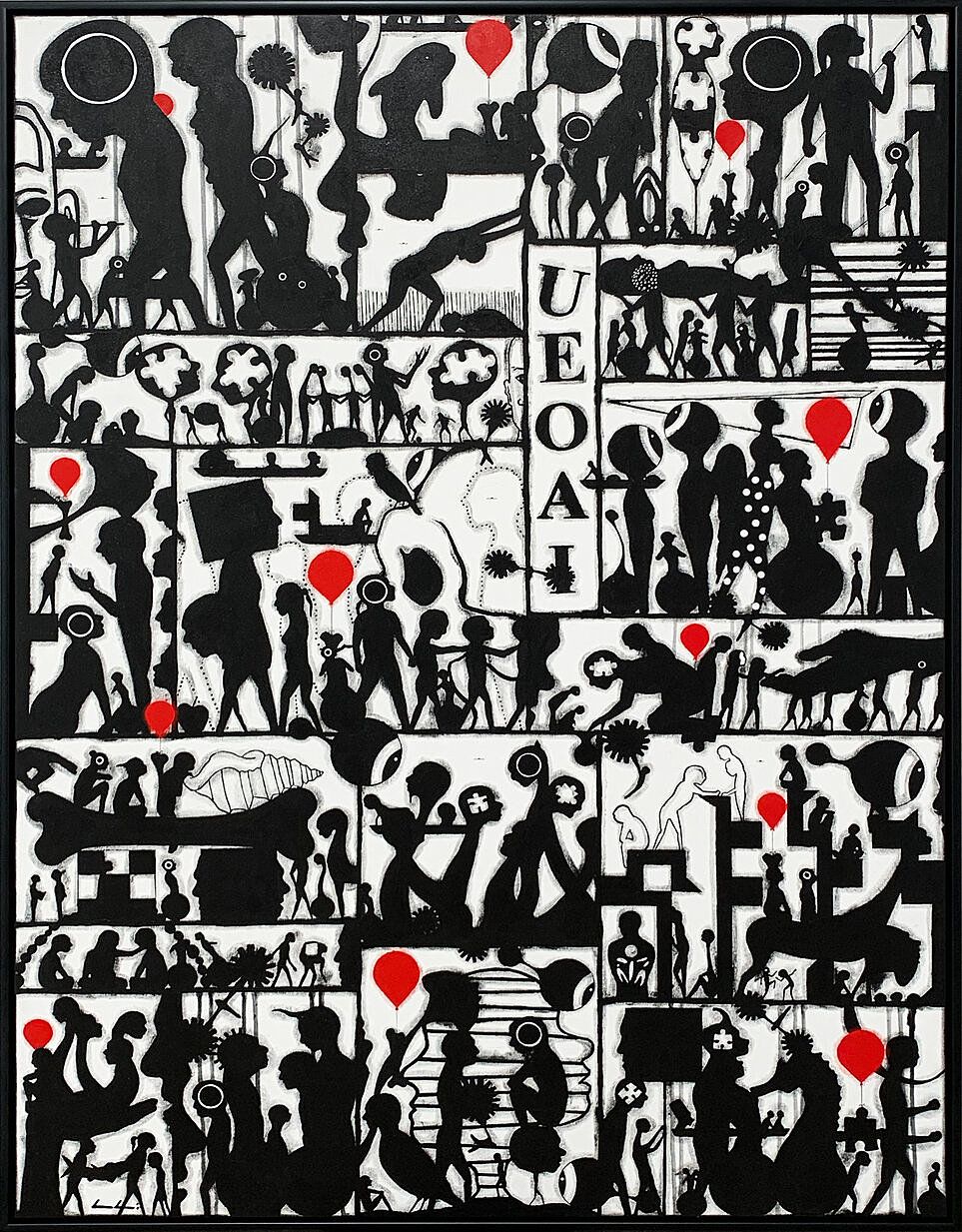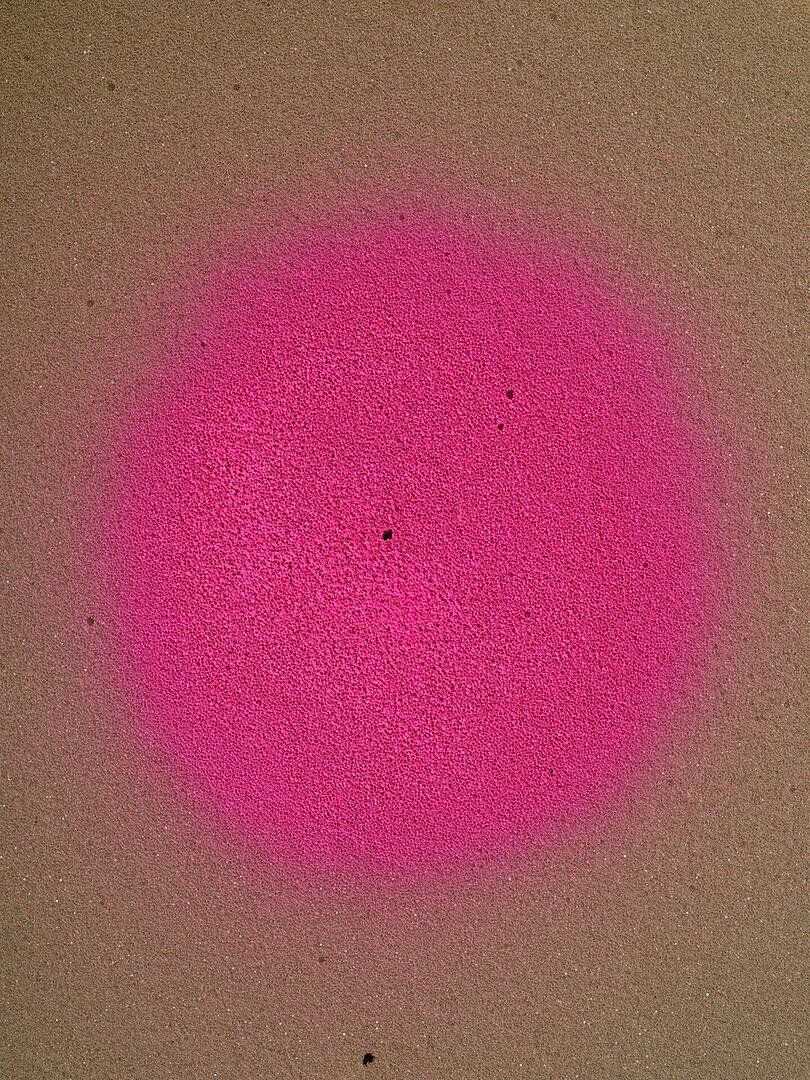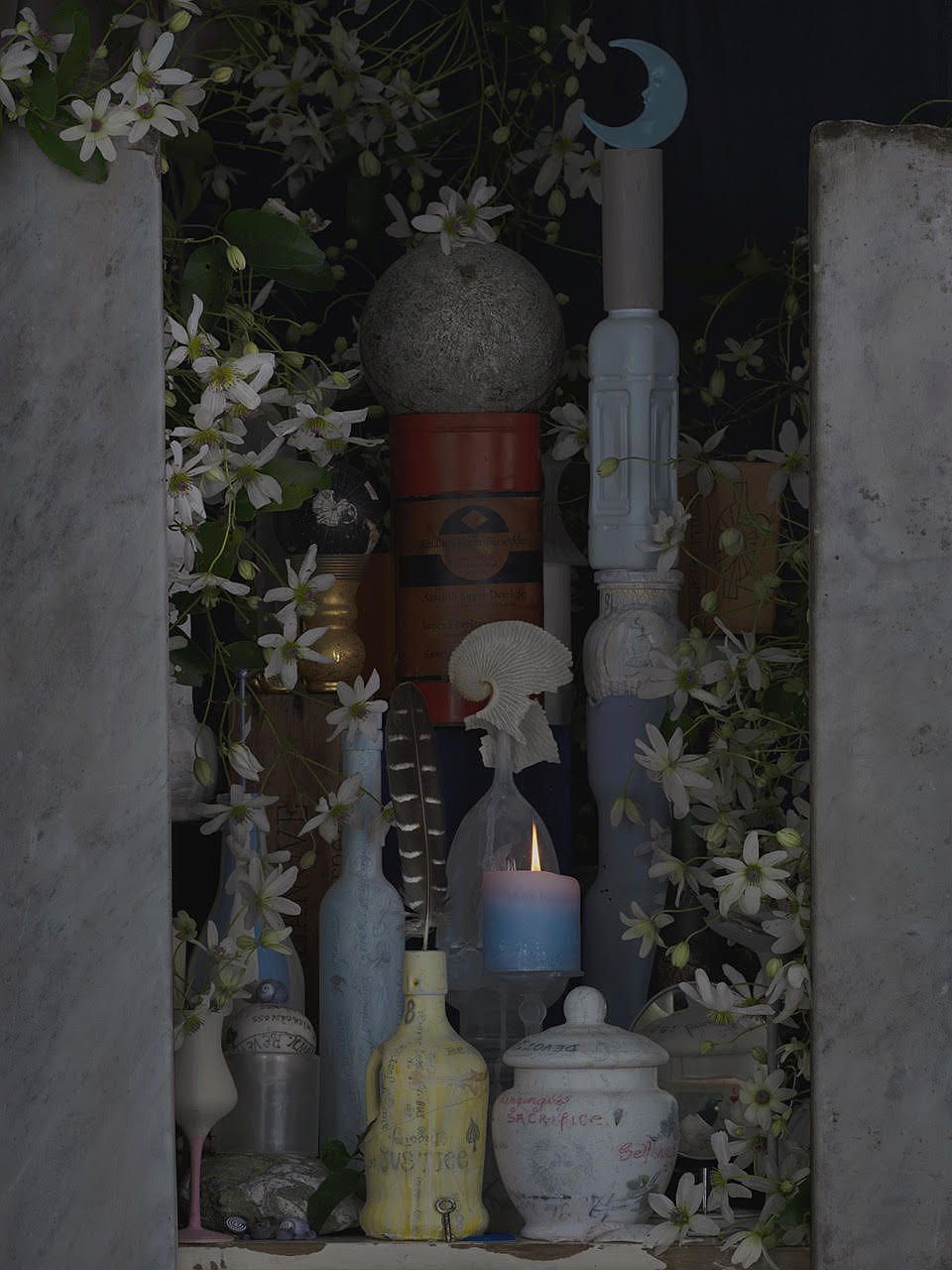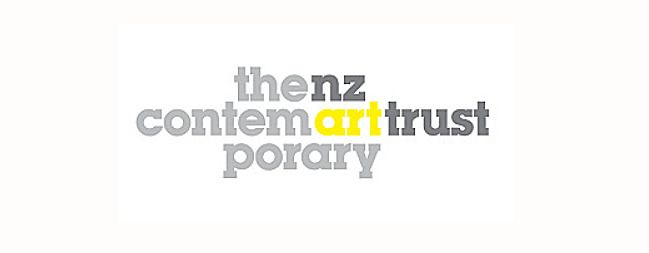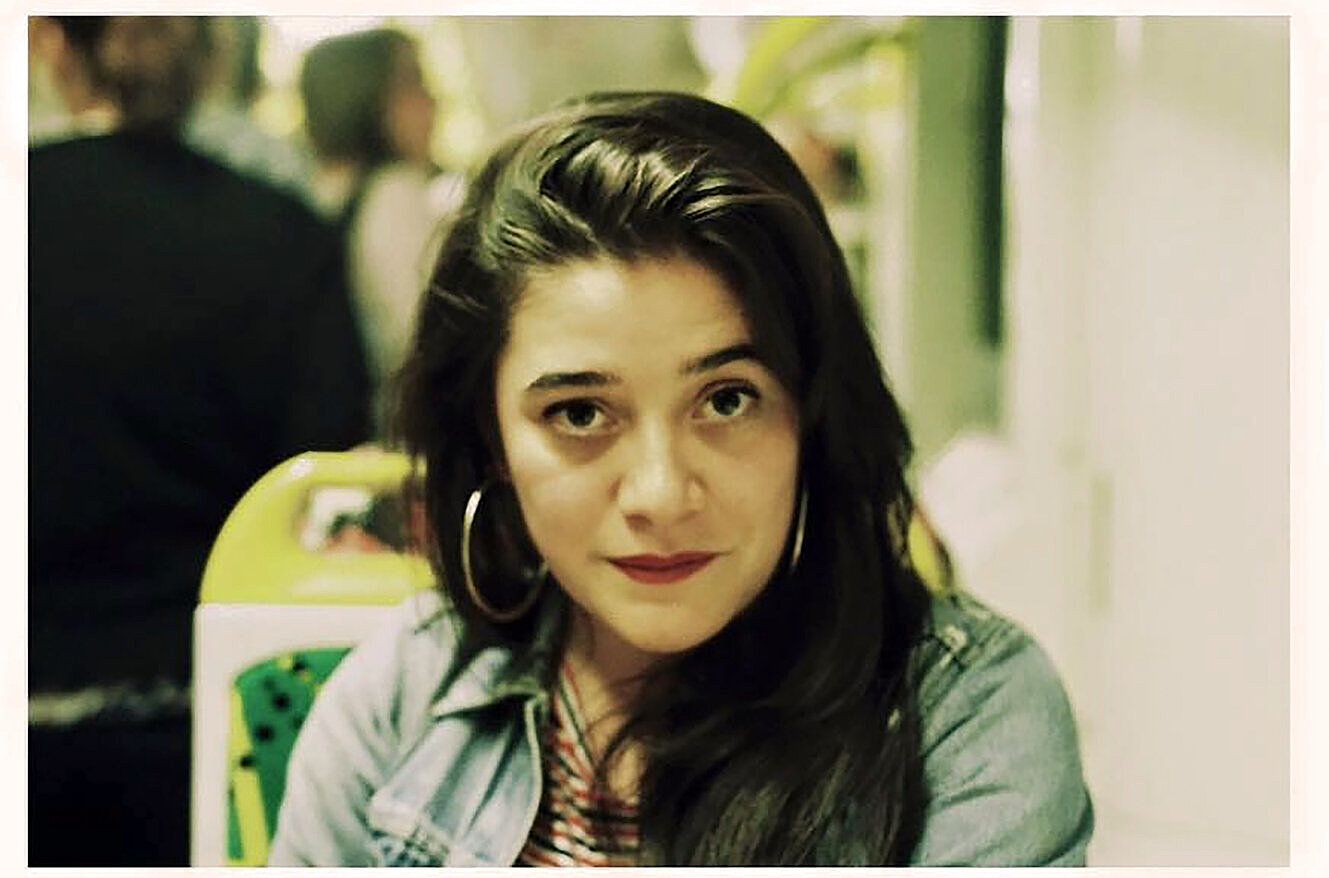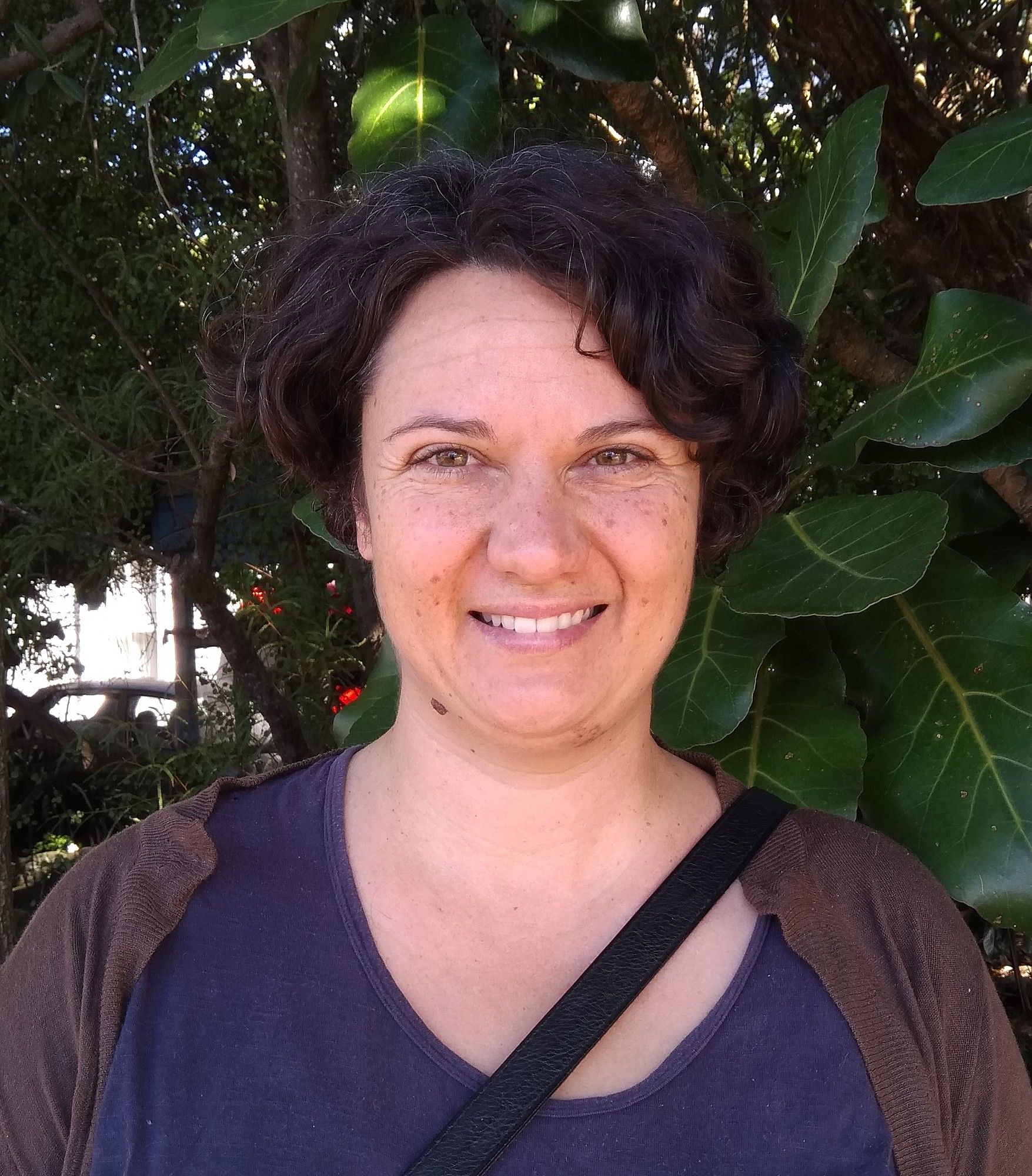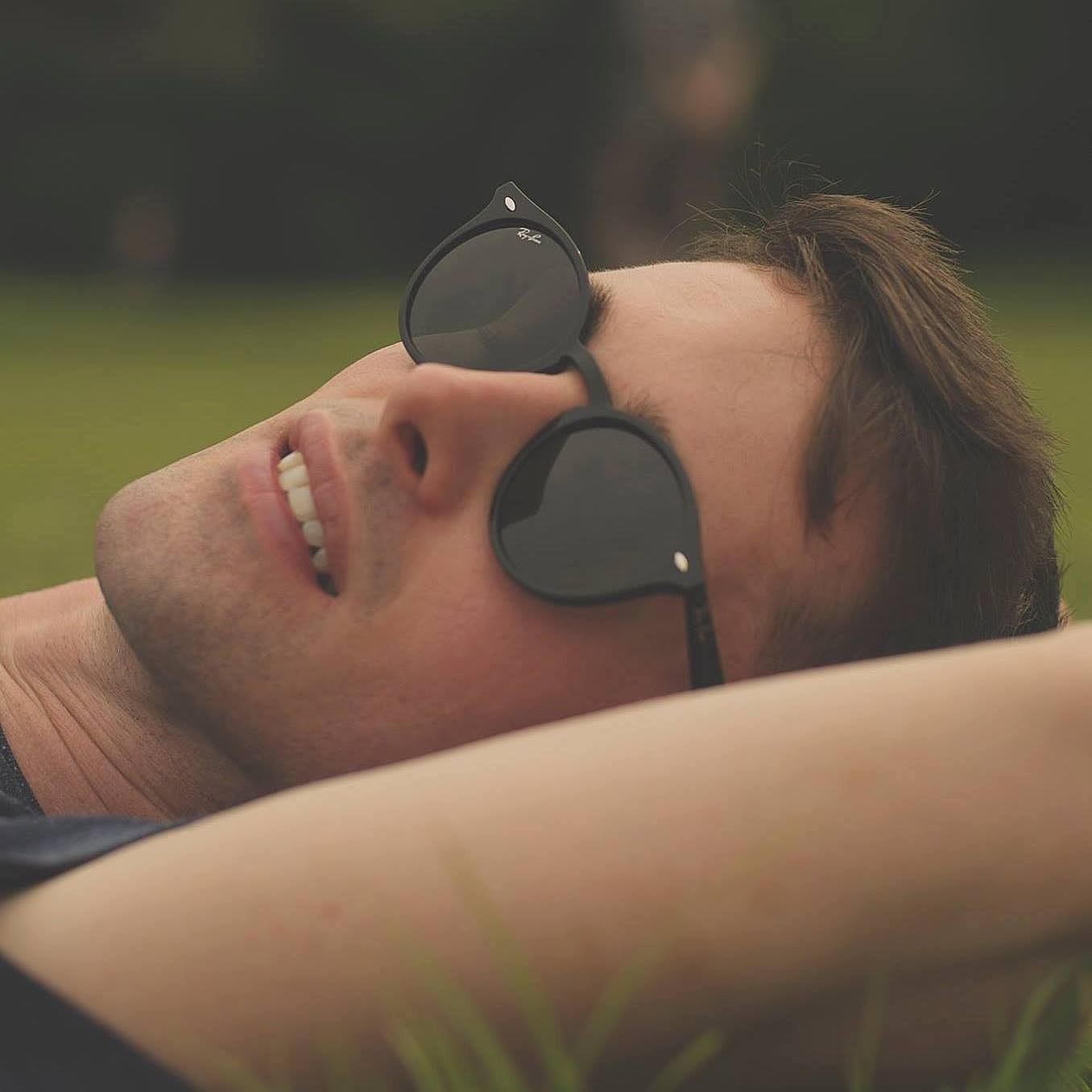The Unmissables: Artists to See in December
The best art on show in the dealer galleries of Tāmaki Makaurau Auckland in December 2021.
This month's Unmissables is our last ever. This is the end of our monthly digest of capsule reviews across a selection of – as the name suggests – unmissable exhibitions for Aucklanders (and beyond). The Pantograph Punch is grateful for the support of the New Zealand Contemporary Art Trust (NZCAT) in funding this partnership so we could support the development of diverse, talented voices writing on visual arts to reach a wide audience.
We are also grateful to the writers that have contributed to this series, stretching from 2018 to the end of 2021. It’s a stellar line-up that includes our most longstanding arts writer, Francis McWhannell, current writers Tulia Thompson and Ngahuia Harrison, and past writers Lana Lopesi, Faith Wilson, Ana McAllister, India Essuah, Vanessa Crofskey, Millie Dow, Natasha Matila-Smith, Cameron Ah Loo-Matamua and Lucinda Bennett.
But as all things begin, all things must end. To mark the moment, Francis McWhannell, Tulia Thompson and Ngahuia Harrison share on their favourite show covered during their time writing for The Unmissables, before we dive into their responses to Andy Leleisiʻuao’s An Uncanny Catharsis of Unrequited Bones, Fiona Pardington’s Tarota andJudy Darragh’s Memory Foam.
**
I have thoroughly enjoyed being part of the 'round-up' over the past three (!) years. I recall that the original idea was that we would cover 'controversial and unmissable exhibitions', but over time contributors tended to choose things they loved and wanted to celebrate. Consequently, looking back over the pieces I've written is a hugely pleasurable experience, a strong reminder of why I choose to work in the arts. – FM
I’ve loved getting to take art seriously on a monthly basis – the artists that tackled environmental concerns stood out to me. Whitney Bedford’s paintings that interrogate the Anthropocene. Martin Basher’s Bird of Paradise paintings that include plastic bird-of-paradise flowers. This month, Judy Darragh’s digital prints of discarded foam. Visual art often conveys the intangible and allows us to feel into uncomfortable places and face our own grief for a warming planet. – TT
My favourite Unmissables – tricky! I am basing my answer on the fact that it has been one year this month since Toi Tū Toi Ora opened at Auckland Art Gallery Toi o Tāmaki. The current AAG exhibition Romancing the Collection shows that the gallery hasn't genuinely felt the waves created by Toi Tū Toi Ora – ā tōnā wā. But what has been exciting is watching the ripples of that show elsewhere – especially the growth in exhibiting young and emerging Māori artists – Ammon Ngakuru at Coastal Signs, p.A at Parasite Gallery and Tim Melville's show The New Net Goes Fishing. It seems like a significant increase in a short time. The opportunity to see Māori artists has grown since I started art school in 2006. So for me, it's been a joy and an honour to cover some of the exhibitions of the next wave of Māori artists. – NH
*
I seldom nap, but the same day I visit An Uncanny Catharsis of Unrequited Bones, a string of insomniac nights and the warm, still afternoon conspire to make me crave a lie-down. As I close my eyes, Andy Leleisi‘uao’s enigmatic imagery dances across the screens of my eyelids. The show reflects his famously eclectic imagination. Most of the paintings are large, populated by a vast array of silhouetted creatures and objects contained in compartments. Dominated by black and white, with balloons and the occasional heart picked out in red, the pictures resonate with a host of artforms: siapo, ancient friezes, shadow puppetry, comic books and science fiction. A few works are smaller and multicoloured, featuring shapes reminiscent of islands, quizzical-looking coconuts, and simplified brown figures that recall the village scenes of Teuane Tibbo (whom Leleisi‘uao acknowledges as an artistic forebear).
As is often the case with Leleisi‘uao, the paintings reward long looking, offering up countless captivating details. A tiny flying saucer composed of a bump on a line, which could also be the profile of a low-lying islet punctuating an expanse of sea. A hand about to give the flick to a pensive trio voyaging on an immense bone. A slight, humanoid figure prancing on the lap of a much larger cousin. Thinking of Egyptian art, one might imagine that such differences in scale denote differences in importance. But, here, that would surely be a mistake. Leleisi‘uao has repeatedly spoken about his interest in harmony and community. Beings of all different sorts, real and fantastical, typical and unexpected, peacefully coexist, their kinship emphasised by the extensive use of silhouette. His images are largely utopian, showing a weird and wondrous world of radical acceptance.
At the same time, the paintings are not straightforwardly upbeat. Optimism and whimsy are balanced by pathos. The many balloons remind me of the 1956 film Le ballon rouge (and the associated book), which strikes similar chords. Smiles mingle with tears. All is pervaded by enchantment. There is a distinct gentleness to Leleisi‘uao’s work. Hard-edged entities emanate finger-smudged halos. But he is also a person of strong conviction. In 2019, I visited Rarotonga in connection with a show at Bergman Gallery, A Diasporic Pulse of Faith & Patience. During a radio interview, Leleisi‘uao spoke forcefully against moves to reinstate a ban on homosexual acts in the Cook Islands. As well as an artist, he is a role model, a mentor and an advocate. Last month, his contribution was acknowledged when he received Creative New Zealand’s Senior Pacific Artist Award. The honour is more than deserved by this tireless weaver of compassionate dreams. – FM
Andy Leleisi‘uao, An Uncanny Catharsis of Unrequited Bones – Part VII, 2021 Credit: Sait Akkirman
Judy Darragh’s Memory Foam at Two Rooms confronts the environmental harm of petrochemicals used in the production of everyday objects, like memory-foam mattresses and polystyrene. Looking at her work, I thought a lot about climate grief – the loss many of us are experiencing about the massive environmental changes we are on the precipice of. Bite is a large, digital print of white polystyrene. It feels like watching a melting iceberg. For starters, at almost human height, the textured white expanse looks like landscape, but then the weight of environmental impact hits you. According to an article on Sciencing, the process of creating petrochemicals creates toxic waste that pollutes the air, sea and soil.
In mute, there is a repeated motif of gritty, shiny black triangles against deeper darkness. I’m from the Moana, so I kept seeing the repeats of the motif used in masi that depicts shark teeth. Actually, the photograph is of the foam from a camera pack. Darragh captures the pervasiveness of these damaging materials, bringing into view objects that we usually allow to recede.
Darragh is a pre-eminent New Zealand artist, with a history of art as provocation. She is renowned for her sculptural assemblages, which are often playful. She is also an incredible advocate within the visual arts community – with Equity for Artists she is campaigning for a much-needed shift in the art world so that artists are paid a resale royalty.
Glow is a hot-pink dot spray-painted onto foam. It is visually arresting – the outrageous toxic pinkness of it. It’s futuristic, a little punk, and grim. There is a haze around the circle, where pink bleeds into beige foam, like the shine of a neon sun. I think of Hone Tuwhare’s line, “this is no ordinary sun”.
Judy Darragh, glow, 2021
During the lockdown, I find it tricky to pinpoint where we are in relation to significant events over these hectic years, often asking, did we have elections this year or last? When were the Aussie fires? Did the February tsunami even happen? During this extended age of social distancing, The Unmissables was my drive to see art in the flesh. Or, while locked down, to search the internet for local art projects rather than the latest Covid-19 numbers. The Unmissables series for The Pantograph Punch was a reprieve in this groundhog year, but, like the government’s elimination strategy, it has unfortunately come to an end.
For my final write-up in the series, I visited Fiona Pardington's exhibition Tarota at Starkwhite. Tarota is a series of photographs of larger-than-life tarot cards. Pardington has assembled, then documented, objects as shrines to unknown spirits or rituals for a private sacrament. I can't read the symbolic iconography of tarot cards, so I googled different archetypes like The Fool and The Moon to find out that The Fool isn't necessarily foolish. They might just be a little directionless. And The Moon is about our hidden enemies and animal nature. Using the archetype definitions that appear to mean everything and nothing simultaneously, I thought about Pardington’s The Fool (2021) and The Moon (2021). But in this exhibition, that method falls over. In tarot, the symbols work with the reader's subjectivity to make meaning. The photographs in Tarota flip this by starting with specifics.
The arrangements are organised according to internal logic, formed by the artist's subjectivity. Some objects definitively declare Pardington’s positionality, for instance, Hana O’Regan’s thesis ‘Ko Tahu, Ko Au’. Or a scarf with the figure of Opihi Taniwha peeking over a fold in the fabric places us amongst Ngāi Tahu rock art. Less obvious, yet just as personal, is a card ‘From Dad’ and a marriage announcement in a newspaper. Knowing the specificity of some objects opens up questions about who might have worn the tiara in Temperance (2021) or what the broken record is in The Sun and the Satyr (2021).
The exhibition text takes a Baudelaire line: “Man passes through forests of symbols.” The past two stretched years have been signposted by symbolic struggle or the struggles between signs. But I think a particular meeting, or clashing, of symbols can entrap us before it lets us walk away. How much weight we give symbols, the objects and ideals placed on the mantelpieces, might come down to the realisation that the forest we are in is of someone else's making. – NH
Fiona Pardington, The Fool, 2021
*
The Unmissables is presented in a partnership with the New Zealand Contemporary Art Trust, which covers the cost of paying our writers. We retain all editorial control.
Feature image: Andy Leleisi‘uao, An Uncanny Catharsis of Unrequited Bones – Part VII, 2021. Credit: Sait Akkirman
